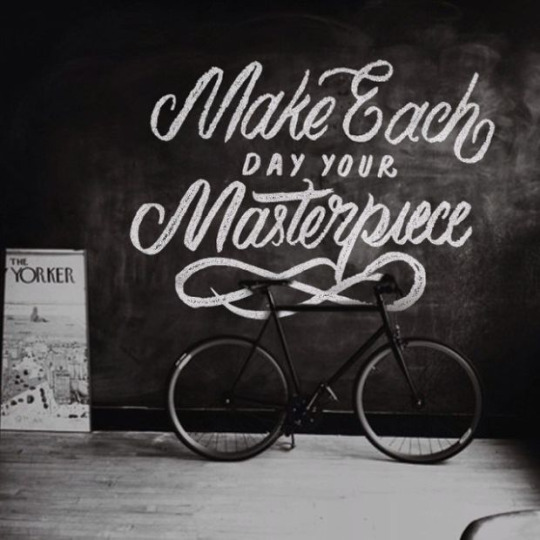If you think that creating content only means writing articles for your website’s blog, let me tell you that you’re wrong.
But I don’t want to blame you because if you look closely, the communication around content creation mainly targets this form of expression.
To be honest with you, I think there is a complete misunderstanding of what content creation is. We are focusing on micro-formats, trends, when creating content means much more than that.
From my interpretation, content creation is a desire to express oneself. Through content, we articulate our opinion or vision.
A speaking out that can only work if it first makes sense, for oneself and for one’s audience. Content creation must also be effective, and I’m not just talking about the commercial aspect. We can conclude the performance of content if it generates an emotion in a person or group of people.
That’s the whole point of content. And for that, you, as a business, must be aware of the forms of expression that exist to use them and occupy public space.
The scope of content creation
There are clearly a thousand ways to communicate. But once again, you need to communicate in a structured and scripted manner.
Let’s now see what forms of expression you can play with. Yes, play, content creation is a game. It connects you to your audience through words and emotions that are more or less measured.
By speaking, you use words like a puppeteer juggles with his dolls to tell a story.
Enough with the allegories, here are the forms of expression I’m talking about.
- Content related to products and services: This is nothing more than content that lists information about your products. Photos, videos, product sheets, usage instructions, warning notices, tutorials, case studies…
- Consumer-generated content: This refers to notifications via hashtags, reviews left on your Google My Business page, review sites, your social media, recommendations…
- Content marketing: Also known as inbound marketing. This form of expression allows you to attract consumers to you.
- Press Release: This refers to content that you distribute on specialized blogs and magazines, whose audience is specific and therefore much more reactive and attentive to your speeches.
- CRM content: This includes relational content, which maintains or allows you to maintain a connection with your customers, newsletters, chatbots, relationship programs.
- Social content: This refers to content shared on social media such as Youtube, Tik-Tok, Instagram, regardless of the format used (reels, short, post, linkedin pulse…)
- Advertising content: Perhaps the form of content that presents the most constraints on creative freedom.
- Entertainment: This is a form of expression whose sole purpose is to entertain or move through music videos, short films, games…
- Educational content: MOOC and e-learning.
- Immersive content: This content takes the audience into an interactive world via VR and AR.
- Artistic content: Aesthetics is the watchword for this form of expression. You can create shows, artworks, exhibitions, your own music.
- POS materials.
- Corporate content: annual report, white paper, CSR report, symposium, employee or executive speeches.
What do you do with all of this now?
The idea is to express yourself in a way that suits who you are. Creating content is first and foremost about being comfortable in your own shoes. There is no point in trying to create content in a form that you don’t subscribe to.
The worst mistake you could make is to express yourself in a content format just to follow a trend… I give you 3 months before you give up.
I will repeat it often, but your actions must be meaningful.
And this meaning is built through the form of your content. Through them, you create and nurture an experience with your audience. They no longer see you as a simple provider but as a universe, an entity recognizable among thousands.
